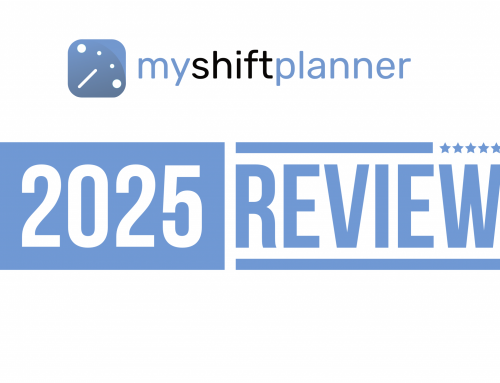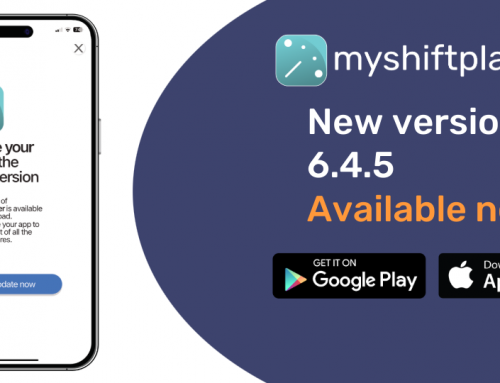Creating a work schedule for your team is a daunting task. If your organisation requires any kind of complexity, it’s sometimes just seems easier to do it on an Excel spreadsheet!
But, spreadsheets are just not great for rotating patterns. They’re not designed for setting up schedules which leads to mistakes being made.
From a business perspective, scheduling errors can lead to decreased productivity, burnout, and high employee turnover rates, which ultimately affect a company’s bottom line. For the Shift Workers, it leads to frustration, loss of control and more added stress to a job that’s probably stressful anyway.
Fortunately, there are several ways to save time on shift scheduling and streamline the process.
Use Scheduling Software
Scheduling software is one of the most effective ways to save time on shift scheduling.
We built MyShiftManager precisely to address this issue. By using a tool like MyShiftManager you can automate the process of creating schedules, making it faster and more efficient.
MyShiftManager can also help you manage employee availability, time off requests, and shift swaps. This way, you can create a schedule that works for both the business and the employees.
Additionally, the app is set up to send notifications to employees when there are changes to the schedule, reducing confusion and the likelihood of missed shifts.
You can also take advantage of a free 30 day trial periods to test the software and make sure it’s the best one for you.
Create Templates
Creating templates is another way to save time on shift scheduling. Templates are pre-designed schedules that you can use repeatedly, with slight modifications as necessary.
By creating templates, you eliminate the need to start from scratch every time you create a schedule. You can have templates for different departments or roles, making it easier to assign shifts to employees. This way, you can focus on more critical tasks and reduce the time spent scheduling.
When creating templates, consider factors such as the number of employees needed per shift, the days of the week, the start and end times for each shift, and any recurring events or meetings. You can also customize each template to meet the specific needs of your business.
Use Employee Self-Scheduling
Employee self-scheduling is an effective way of saving time on shift scheduling, especially in businesses with many employees. With this approach, employees can log in to the scheduling system and choose their shifts based on their availability and preferences.
This way, you don’t have to spend hours trying to match employee availability with the business needs. Additionally, employee self-scheduling can increase employee satisfaction and reduce absenteeism since employees have more control over their schedules.
When implementing employee self-scheduling, ensure that the scheduling software application you are using has this feature. You can also provide guidelines to employees on how to use the self-scheduling feature effectively.
For example, you can set deadlines for self-scheduling, limit the number of employees who can choose a particular shift, or require employees to get approval from a supervisor before self-scheduling.
Consider a Centralised Communication Platform
Communication is vital for any business. A centralised communication platform can be an excellent tool to streamline shift scheduling.
The platform can help you communicate with employees regarding their schedules, upcoming shifts, changes, and updates. Using communication platforms can also help you avoid common scheduling errors, such as double booking employees or assigning employees to shifts they are not qualified for.
It will also help you improve employee engagement and communication. With timely and regular communication, employees can feel more connected to the company and its culture. This can lead to increased job satisfaction and employee retention rates.
Try something different
Shift scheduling can be a daunting task, but with the right approach, you can save time and streamline the process. By leveraging the best technology, and adopting best practices, you can save time on shift scheduling, reduce errors, and improve employee engagement.
Remember to select the right scheduling software, one that’s eaasy to use, and meets your business needs. MyShiftManager was created to empower shift managers with simple to use scheduling tools that make the entire process pain free.
You can trial MyShiftManager for free, no obligation, for 30 days to see if the right system for you.
With these strategies, you can create a well-organized and efficient scheduling system that ensures the smooth running of your business operations.






